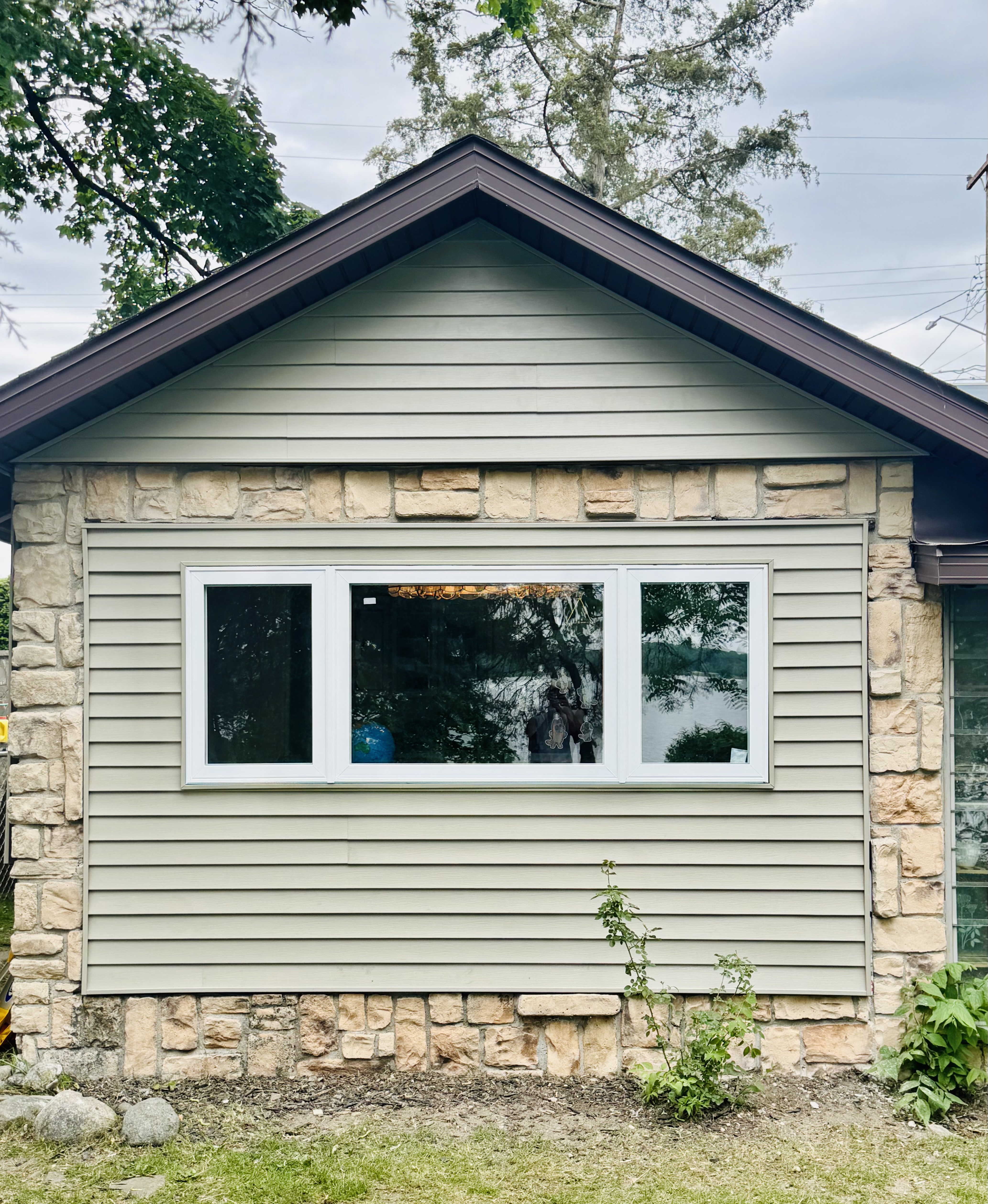
Harmony in Design: Creating Balanced and Beautiful Living Environments Sep 03, 2025
Designing a space that feels cohesive and welcoming begins with a clear vision. Before embarking on a project, take the time to envision what you want to achieve. Consider factors like color schemes, textures, and materials that align with the overall theme you desire. This initial planning phase lays the groundwork for a harmonious design and ensures every aspect reflects your personal style and functional needs.
Balance is a key element in creating a harmonious environment. This involves the careful distribution of visual weight in a room to achieve a sense of equilibrium. For instance, pairing large furniture pieces with smaller decorative items can create a visually appealing contrast while maintaining balance. Similarly, symmetry can be used strategically to enhance order and coherence within a space, making it feel more organized and serene.
When it comes to choosing colors, opt for a palette that complements both the architectural elements and the overall vibe you are aiming for. Neutral tones are often favored for their timeless appeal and versatility. They serve as a perfect backdrop, allowing you to layer in accents of color through artwork, textiles, or decor pieces. This approach not only contributes to harmony in design but also offers flexibility for future updates.
Texture plays a vital role in adding depth and interest to a living environment. Mixing different materials—such as wood, metal, glass, and fabric—creates a richer, more dynamic space. Textural variety can prevent a room from feeling flat, offering a more engaging sensory experience. Consider integrating textured elements through area rugs, cushions, or feature walls to enhance the tactile appeal of your design.
Lighting is another crucial aspect of creating balanced living spaces. Adequate lighting not only highlights design features but also influences the mood and functionality of a room. Incorporate a mix of lighting types—including ambient, task, and accent lighting—to achieve a well-rounded illumination profile. Layering different light sources ensures your space is both practical and inviting, adapting to various needs and occasions.
Incorporating nature into your living environment can significantly contribute to a harmonious design. Natural elements like plants, stone, and wood bring a sense of tranquility and connection to the outdoors. Greenery, in particular, purifies the air and offers a serene backdrop, enhancing the overall atmosphere. Whether it’s a vertical garden or a thoughtfully placed houseplant, biophilic design elements can transform a space into a sanctuary.
In conclusion, creating harmony in design involves a thoughtful balance of elements that resonate with both functionality and beauty. At HI-Quality Building & Design, we are committed to helping you achieve spaces that reflect your unique vision while ensuring they foster a sense of balance and well-being. Whether you’re constructing anew or remodeling an existing space, embracing these principles will guide you toward a living environment that is not only attractive but also nurturing and serene. Let us assist you in transforming your space into a harmonious retreat that you will love for years to come.
/filters:no_upscale()/media/02d7f104-7e33-42a5-aca5-230f5ad118a9.jpeg)
/filters:no_upscale()/filters:format(webp)/media/4d35b38d-7bc8-4121-8451-f550874d7712.jpeg)